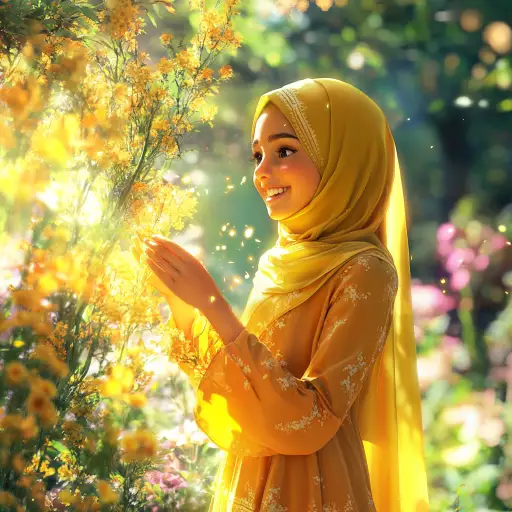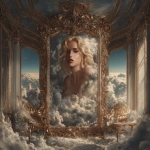Explore the Best AI Image Gallery

Pixels on Your Skin: Exploring AI-Generated Images in Art
The realm of art is undergoing a seismic shift, propelled by the rise of artificial intelligence (AI). AI-generated images, once confined to the realms of science fiction, are now a tangible reality, blurring the lines between human creativity and machine ingenuity. This burgeoning field presents both exciting possibilities and complex ethical dilemmas that demand careful consideration.
A New Canvas: Impact on the Creative Industry
AI-powered image generation tools are democratizing art creation, empowering individuals with limited technical skills to generate visually compelling content. Aspiring artists can now experiment with different styles, explore novel concepts, and iterate designs rapidly, fostering a more inclusive and accessible creative landscape.
However, this accessibility also raises concerns about the potential displacement of human artists. Will AI tools render traditional artistic professions obsolete? The answer likely lies in a collaborative future where AI augments human creativity rather than replacing it entirely. Artists can leverage AI as a powerful tool to enhance their workflow, explore new creative avenues, and ultimately produce works that are more innovative and impactful.
Applications Beyond the Canvas: Potential Uses of AI-Generated Images
The applications of AI-generated images extend far beyond traditional art forms. Here are just a few examples:
- Marketing and Advertising: Generate unique visuals for campaigns, social media content, and product mockups.
- Design and Illustration: Create concept art, design prototypes, and generate illustrations for books, magazines, and websites.
- Entertainment Industry: Develop concept art for movies, video games, and animation projects. Generate realistic character designs and environments.
- Education and Research: Visualize complex data, create interactive learning materials, and generate simulations for scientific research.
Ethical Considerations: Navigating the Moral Landscape
The rise of AI-generated images raises several ethical concerns that require careful consideration:
- Copyright and Ownership: Who owns the copyright to AI-generated images? Is it the creator of the AI algorithm, the user who provides the input, or the AI itself?
- Bias and Representation: AI algorithms are trained on massive datasets, which may contain biases that reflect societal prejudices. This can result in the generation of images that perpetuate harmful stereotypes.
- Misinformation and Deepfakes: AI-generated images can be used to create realistic fake news, propaganda, and deepfakes, posing a significant threat to truth and trust.
Shaping the Future: Trends and Predictions
The field of AI-generated art is rapidly evolving. Here are some emerging trends and predictions:
- Increased Realism and Detail:** AI models will continue to improve, generating images with even greater realism and detail.
- Personalization and Customization: Users will have more control over the creative process, customizing AI-generated images to their specific needs and preferences.
- Integration with Other Technologies: AI image generation will become increasingly integrated with other technologies, such as virtual reality (VR) and augmented reality (AR), creating immersive and interactive experiences.
Conclusion
AI-generated images are poised to revolutionize the creative landscape, offering both immense opportunities and complex challenges. As this technology continues to evolve, it is crucial that we engage in thoughtful discussions about its ethical implications and strive to harness its power for good. By fostering a collaborative approach between artists, technologists, and policymakers, we can shape a future where AI-generated art enriches our lives and pushes the boundaries of human creativity.
